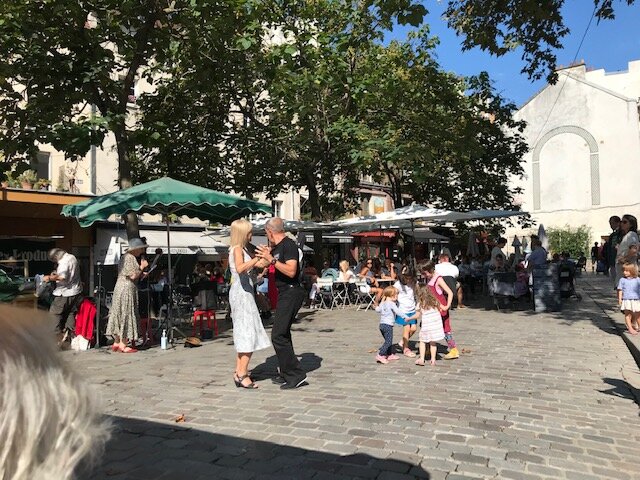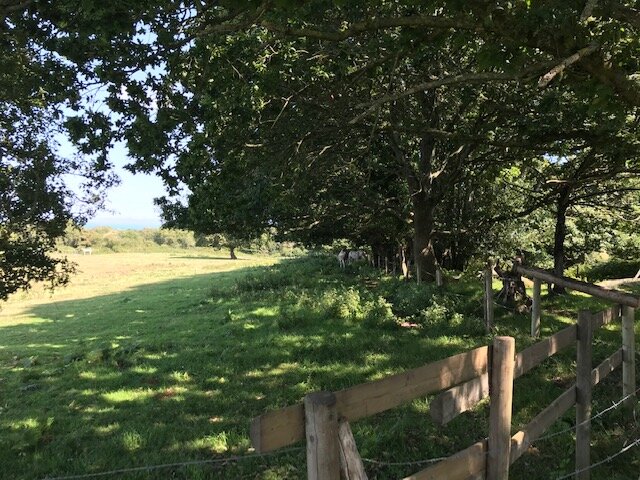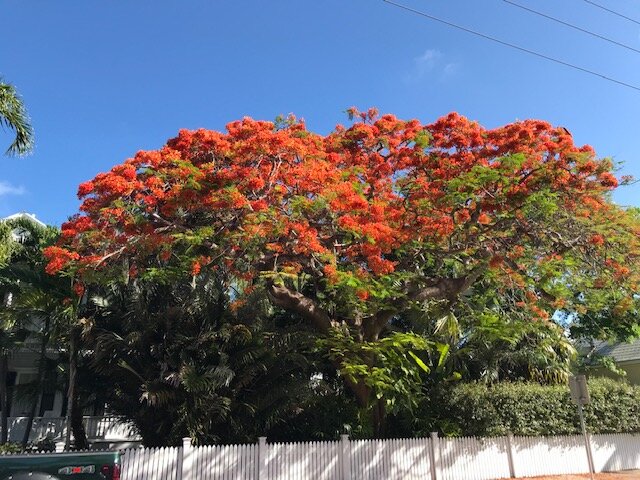Notes on a Writing Life / 28
September 14 2021
Last week I sat on a stone bench beside the Seine on a quiet Monday morning in Paris and watched a crane lift a piece of the new roof of Notre Dame into place. The dangling red hand that picked up the piece – minute fraction of the complex puzzle of this immense enterprise – came down quietly against the blue sky and picked up the right object without apparently any effort.
I thought about the effort that had gone into orchestrating this action. There was no human in sight on the crane; perhaps the ghost in the machine was a hidden person, one man working alone out of sight, or perhaps it was a robot performing the pre-planned action.
I thought of the humans who had built the cathedral in the first place: hundreds of masons, carpenters, hydraulics experts, rope makers, loggers bringing in the immense oak trees needed to provide the roof beams, all without the precision and electronic ease of what I saw in front of me today. The sheer human effort, the scaffolding, the risk of climbing to the rooftop, the accidents, the danger involved. The thousands of pieces of material needed to fit the whole edifice, to make it stand upright, to soar, as it did for hundreds of years until the great fire of a few years ago tore out part of the roof.
I thought of the way we make art, not just incredible buildings. The choice of the right color, the blob of paint, the angle of stone or wood, the word, the sentence, the cut and shape of the whole painting, or sculpture, or play, or film, or book. The exactness needed. The cutting away of excess. The eye that has to choose, and add or subtract. The fit of detail to the whole.
What’s necessary, to make the created thing stand up, be proof against the elements, even soar to the sky.
We’re all in it together, when we create – whether it’s the roof of Notre Dame, or the fashion shoot I watched half an hour later being filmed at the edge of the Ile Saint-Louis, where I sat on another bench in the Place Louis Aragon and watched take after take as a young woman posed against the flow of the river. The exact angle matters. The light has to be just right. The metal object dangling from the red hand of the crane, swinging across the sky, has to be carried to the exact right place. The camera has to find its angle. Or nothing works.
Then I came home and rewrote for the twentieth time or so, the last sentences of a novel that has perplexed me all year.
I’m so grateful to have been able to travel this summer, and hope others have, or may soon.
Affectionately, Ros












































